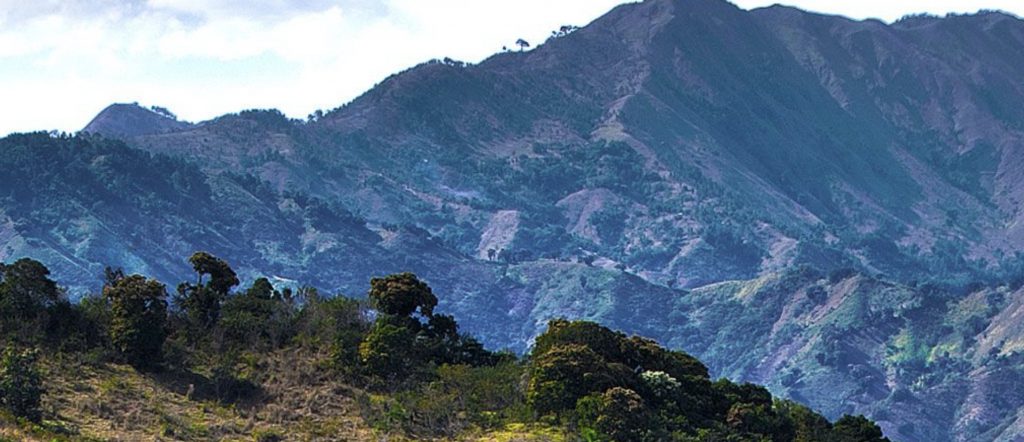Unigold rallies on Dominican drilling results

Unigold Inc. [UGD-TSXV, UGDIF-OTCQX] shares rallied in active trading Tuesday after the company reported the latest results from exploration drilling at its 100%-owned Neita concession in the Dominican Republic.
Among the key highlights, exploration drilling has identified the continuation of the Candelones Extension deposit to the west of the known mineral resource.
Drill hole LP21-204 intersected 16.0 metres, averaging 10.78 g/t gold, 68.9 g/t silver, 0.24% copper and 2.35% zinc within a 97.0-metre interval averaging 2.52 g/t gold, 12.1 g/t silver, 0.12% copper and 0.63% zinc.
All assays within the 16-metre interval returned between 2.7 g/t gold and 22.1 g/t gold.
Drill hole LP21-206, located 50 metres below LP21-204, intersected 5.0 metres averaging 5.89 g/t gold, 2.2 g/t silver, 0.29% copper and 2.75% zinc within a 30.0-metre interval, averaging 2.31 g/t gold, 2.29 g/t silver, 0.41% copper and 0.83% zinc.
Unigold es advanced on the news, rising 16% or $0.02 to 14.5 cents on volume of 1.1 million. The shares are currently trading in a 52-week range of 62 cents and 12 cents.
Unigold is Caribbean-focused company. It is working to develop the 21,031-hectare Neita concession in the Dominican Republic, a country that is highly prospective for gold and polymetallic mineralization.
The 21,031-hectare Neita concession is the largest single project within the 75-kilometre-wide Cretaceous-age Tireo formation volcano sedimentary rocks, known for hosting major gold-copper-silver deposits. Unigold has over 20 prospective targets within the concession and is focused on the Candalones deposits, a series of early VMS and disseminated deposits overprinted by epithermal feeders in acid volcaniclastic rocks.
Back in May, 2021, the company released an updated mineral resource estimate for the Candalones project. It contains a measured and indicated resource of 2.5 million ounces of silver and 65.7 million pounds of copper. On top of that is an inferred resource of 1.97 million ounces of silver and 45.9 million pounds of copper.
The company has said that a preliminary economic assessment (PEA) for the oxide portion of the project supports the design of a small footprint, environmentally friendly operation.
It said the economics are compelling enough that the oxide portion is being considered as a stand-alone operation, providing near-term cash flow as the company continues to expand and evaluate the larger sulphide resource which the company believes offers a longer-term development opportunity.
The PEA assumes a 5,000 tonnes-per-day run-of-mine heap leach operation, producing 31,000 ounces of gold annually at an all-in-sustaining cost of US$744 per ounce. Initial capital expenditures are forecast to be US$36 million.
In February, 2021, the company said exploration drilling transitioned from largely infill holes towards testing geophysical anomalies around the defined mineralization at Candalones.
On Tuesday, Unigold said holes LP21-204 and LP21-206 were collared 50 meters west of the Candalones Extension resource envelope. The holes were drilled as part of an exploration program testing the along-strike extensions of mineralization into sparsely drilled areas.
“This drilling demonstrates that high-grade mineralization extends beyond the envelope that defines the most recent mineral resource estimate,” said Unigold Chairman and CEO Joe Hamilton.
